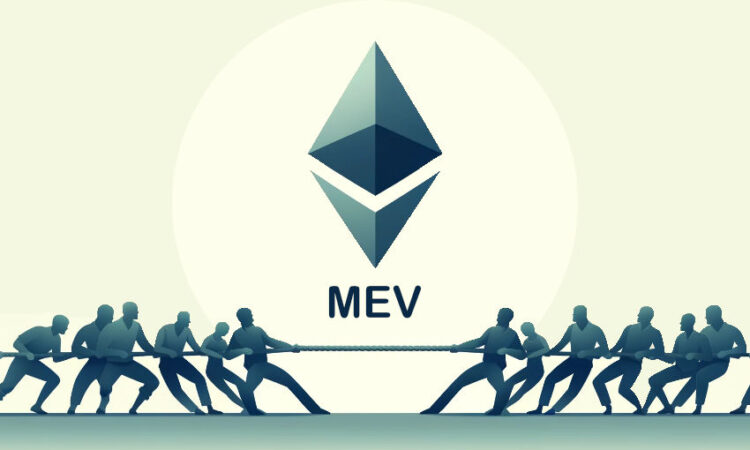
In March the The European Securities and Markets Authority (ESMA) launched a consultation on a package of rules relating to MiCA crypto asset regulations, including market abuse. One of the proposals relates to Maximum Extractable Value and appears to make it a reportable market abuse infringement. Crypto asset service providers (CASPs) have to do the reporting, which could be challenging. Consultation responses are accepted until June 25.
The proposed rules include the following paragraph: “ESMA notes that MiCA is clear when indicating that orders, transactions, and other aspects of the distributed ledger technology may suggest the existence of market abuse e.g., the well-known Maximum Extractable Value (MEV) whereby a miner/validator can take advantage of its ability to arbitrarily reorder transactions to front-run a specific transaction(s) and therefore make a profit.”
Patrick Hansen, Circle’s Director of EU Strategy & Policy, raised the issue on Linkedin, sparking a lively debate. It attracted a response from Peter Kerstens, an adviser at the European Commission who was involved in drafting MiCAR. He observed that not every MEV intervention amounts to market abuse but they can lead to market abuse. However, Kirstens added that “trading and inserting transactions based on information gleaned from the mempool/proposed block composition is very likely amounting to market manipulation/frontrunning.”
While not every MEV instance is frontrunning, we’d observe that the majority effectively take money out of the pockets of other blockchain users. However, some MEV bots compete with arbitrageurs, which may be seen as less of an issue.
MEV losses balloon
The sums of money involved are substantial. Until September 2022 when Ethereum migrated to Proof of Stake, cumulative MEV amounted to $675 million. Because 90% of Ethereum validators now use MEV, the figures have ballooned since 2022. One set of research estimates MEV losses from Proof of Stake at $1.4 billion based on current ETH prices. Another reckons the 2023 figure was $350 million.
Some see MEV as having benefits, including additional incentives for validators. While that may be true, it is tricky to justify from a moral perspective.
Hansen observed that the real issue is that crypto asset service providers (CASPs) can’t control what happens on Ethereum, but they appear to be responsible for reporting market abuse of MEV, which impacts most blocks.
How to prevent MEV
The simplest answer is to prevent MEV altogether. There are several proposed solutions but they come down to two methodologies. One is to encrypt transactions so they are ordered before they are executed. Different implementations of this concept include the Shutter Protocol, Chainlink’s Fair Sequencing Service (FSS) and the TEN network from some of the developers of the Corda enterprise blockchain.
The second solution is to whitelist users for any DeFi protocol. If someone is involved in frontrunning, their tokens could be taken away. 21x, one of the companies that has applied to participate in the DLT Pilot Regime for digital securities, is adopting this approach.
Meanwhile, ESMA isn’t the only one that has highlighted MEV as an issue. Unsurprisingly, IOSCO which represents the global securities regulators, is also not keen. In a report last year, it wanted to hold DeFi protocols responsible for managing and mitigating the impact of MEV strategies. However, it included the caveat, “to the extent practicable.” That leaves ample scope for differences of opinion.






